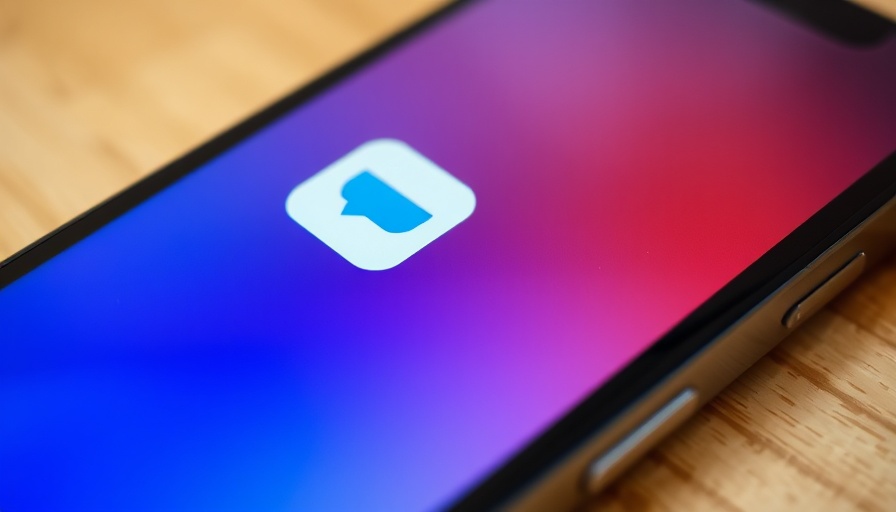
Google Messages Enhancements: What You Need to Know
If you’ve been experiencing frustrating bugs with Google Messages, especially when receiving photos and videos, you’re not alone. Numerous users have reported that images and videos sent via RCS (Rich Communication Services) have been slow to load, blurry, or not appearing at all. Thankfully, Google has acknowledged these issues and is taking steps to improve the situation.
The Fix: How Google is Responding to Users
Recently, Google released important updates aimed at significantly boosting media receiving performance in the Google Messages app. According to community manager Monika Y., these improvements are expected to enhance how images and videos are received, potentially resolving the slow loading and compression issues that have been plaguing users.
What’s particularly interesting about this update is that it doesn’t require users to download or install anything new on their devices. The improvements are likely being made on Google's servers, which means you only need to ensure that your Google Messages app is up to date from the Play Store.
Understanding RCS Media Limitations
RCS is designed to provide a smooth messaging experience, but as many users have discovered, its functionality may not always meet expectations. Unlike traditional SMS, RCS aims to enhance media sharing, but the complaints about pixelated images and full media transfer failures highlight that challenges remain.
Even with the recent updates, Google has been transparent about the complexity of these issues, urging users to provide feedback if problems persist. For productivity-focused individuals, staying informed about tools like Google Messages is crucial for effective communication, whether for work or personal use.
Why This Matters for Digital Nomads
As a digital nomad or a remote worker, smooth communication can significantly impact your productivity. Knowing that Google is actively addressing these issues allows you to communicate more efficiently without the hassle of repeatedly sending media that fails to deliver effectively. This ongoing commitment to improvement is beneficial for anyone relying on messaging apps to stay connected while on the go.
Next Steps: How to Ensure Your Google Messages Work Smoothly
If you notice ongoing issues with Google Messages after the updates, here are some steps you can take to provide feedback and ensure your app is functioning efficiently:
- Check for Updates: Open the Play Store and ensure you are using the latest version of Google Messages.
- Report Issues: Navigate to your profile icon, tap on Help & Feedback, and then Send Feedback to report persistent problems.
- Use Alternative Communication Tools: While waiting for fixes, consider using other apps like WhatsApp or Signal for media sharing.
Embracing Upgrades in Communication Technology
As technology evolves, so does our reliance on messaging platforms. Google’s proactive approach to issues in Google Messages illustrates the importance of maintaining updated communication tools. For digital nomads and remote workers, the tools we use can make a significant difference in our ability to manage productivity while living a location-independent lifestyle.
In conclusion, keeping abreast of updates and providing feedback can help enhance your experience with platforms like Google Messages. Ensuring that your messaging tool works effectively not only aids in personal connections but also bolsters your professional communications in today’s ever-connected world.
Call to Action: If you’re still facing problems with Google Messages, take a moment to report your feedback directly to Google. Your insights can help shape future updates and improve the messaging experience for everyone.
 Add Row
Add Row  Add
Add 




Write A Comment